As a longtime lover (and former resident!) of Bangkok, whose Thai name Krungthep Mahanakon translates to “City of Angels,” it moves me that a place so near and dear to me has won the hearts of so many. On the other hand, I’m puzzled more each time Thailand’s capital takes the crown: Nearly every casual traveler I meet dislikes Bangkok or, at least, understands it poorly.
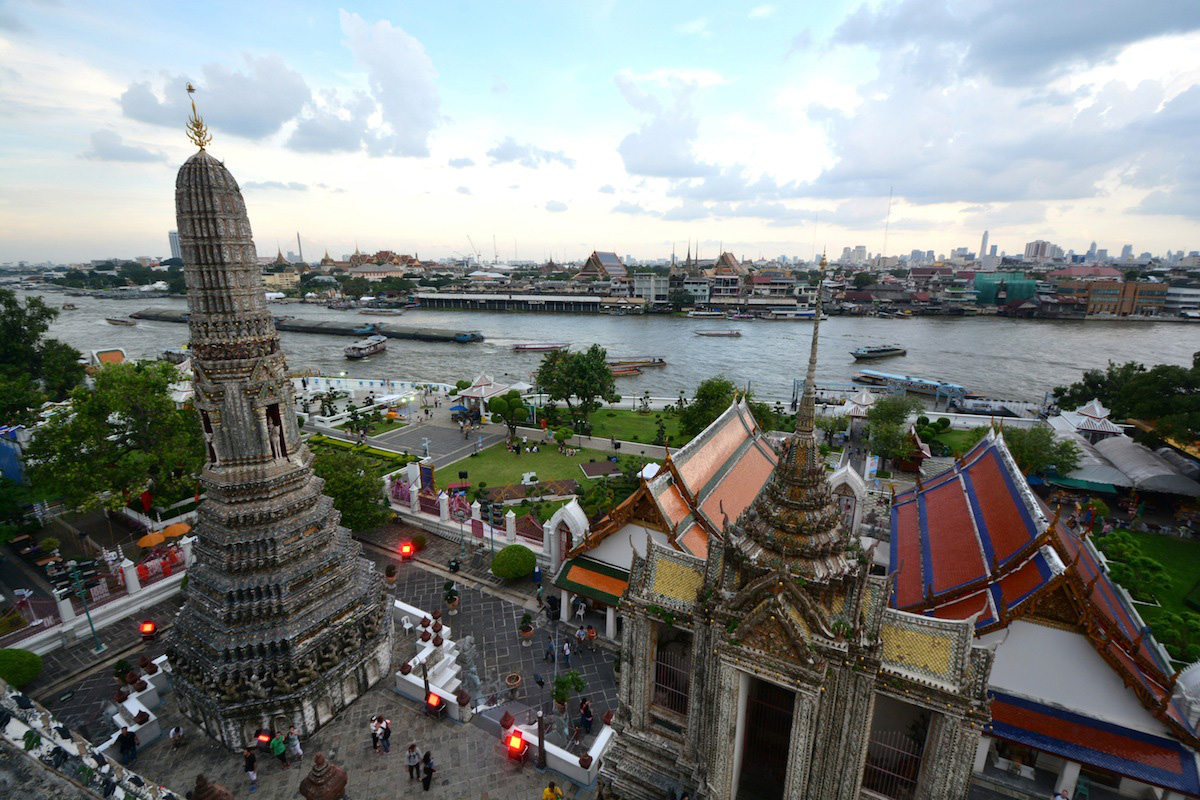
My goal in making today’s post is to resolve this discrepancy. Whether you’re headed to Bangkok for the first time or the fiftieth, the itinerary I’m about to present to you is a foolproof way to get to know (and, hopefully, love) Thailand’s City of Angels in just a few days.
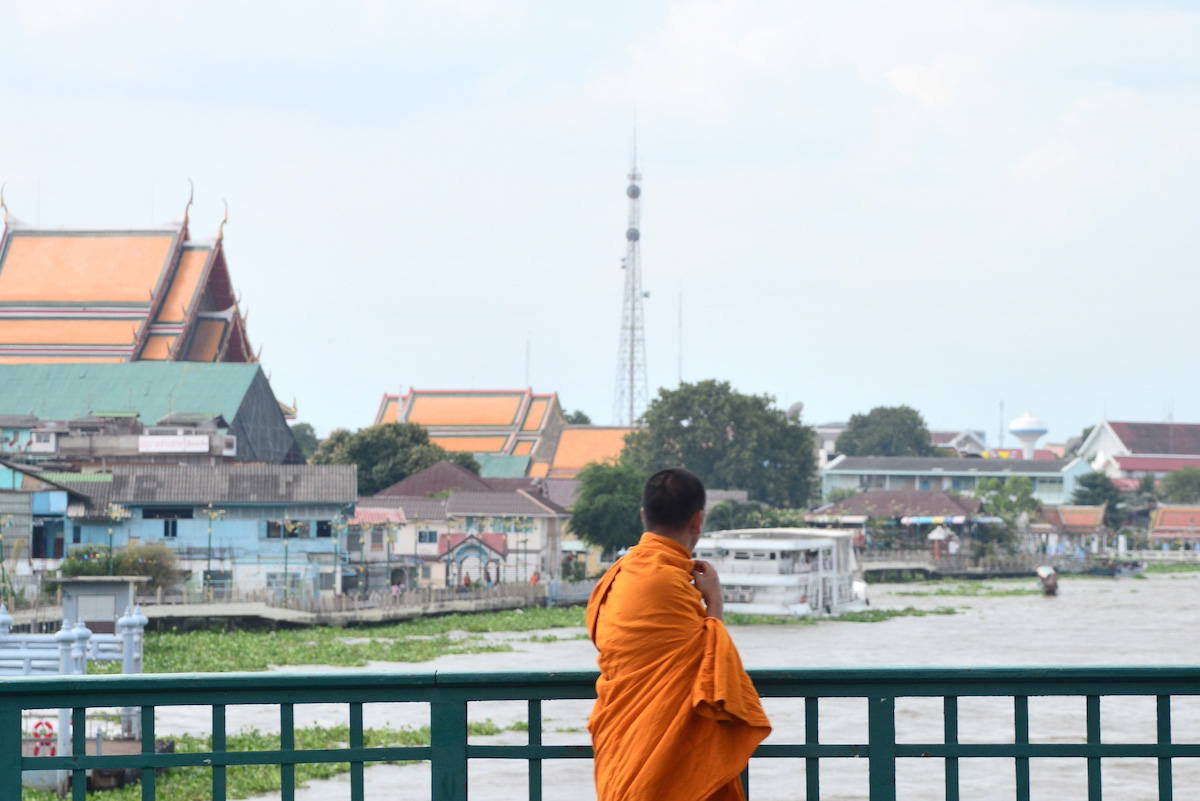
Where to Stay in Bangkok
Although I love walking the streets of old Bangkok (as I’ll describe in just a minute), I recommend staying somewhere in the modern city center: Along Silom, Sukhumvit or Sathorn roads, or at least near public transport such as the BTS SkyTrain or Bangkok MRT.
Bangkok is also full of luxury hotels, from city properties like Four Season Bangkok and Grand Hyatt Erawan, to the scenic Anantara Riverside Resort & Spa, located on the banks of the Chao Phraya River.
Day One: Explore Bangkok’s Past
Historians disagree on the subject of precisely when the story of Bangkok begins, but there’s no question about where: Start your three days in Bangkok by traipsing through the Bangkok historical districts of Thonburi and Rattanakosin. Take the BTS SkyTrain to Saphan Taksin station, then board a Chao Phraya Express boat to Memorial Bridge, which you’ll cross into Thonburi, established as Thailand’s capital in the 18th century.
Thonburi is a decidedly local (and relatively quiet) part of Bangkok, which makes it a great way to get acquainted with the city. After starting at the stark white Wat Prayoon, continue walking north along the river to sites like the Portuguese-Catholic Santa Cruz Church, an unnamed Chinese Shrine, ending up at Wat Kalayanamitr. Once you finish saying “Sawasdee” to the massive Buddha at Wat Kalayanamitr, walk to the dock out front and wait for the boat to take you across the river into Rattanakosin.
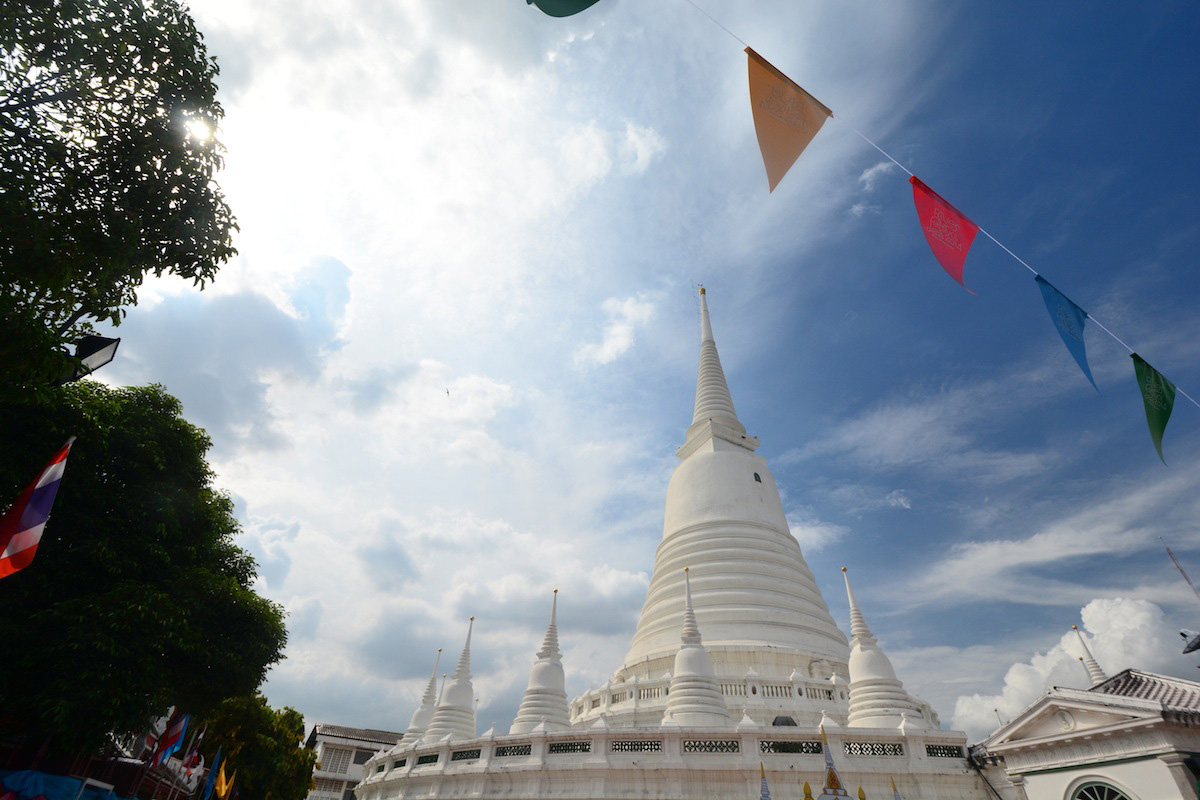
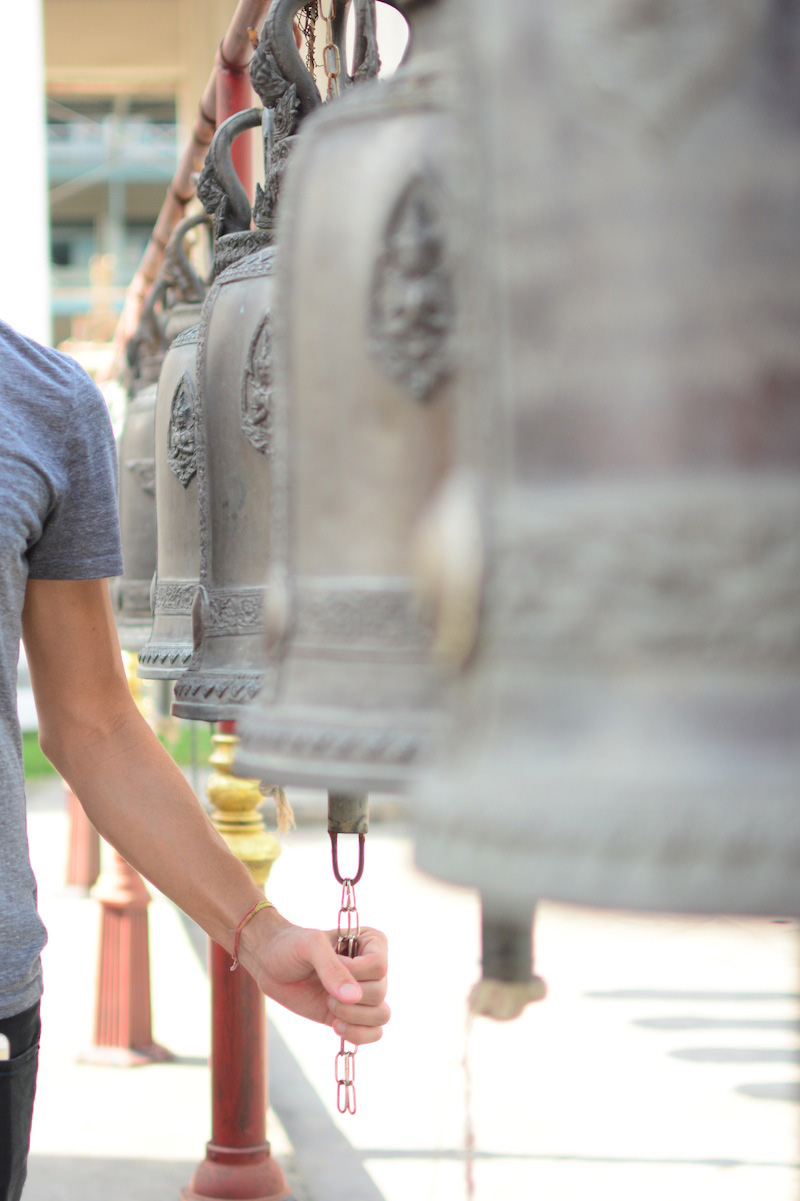
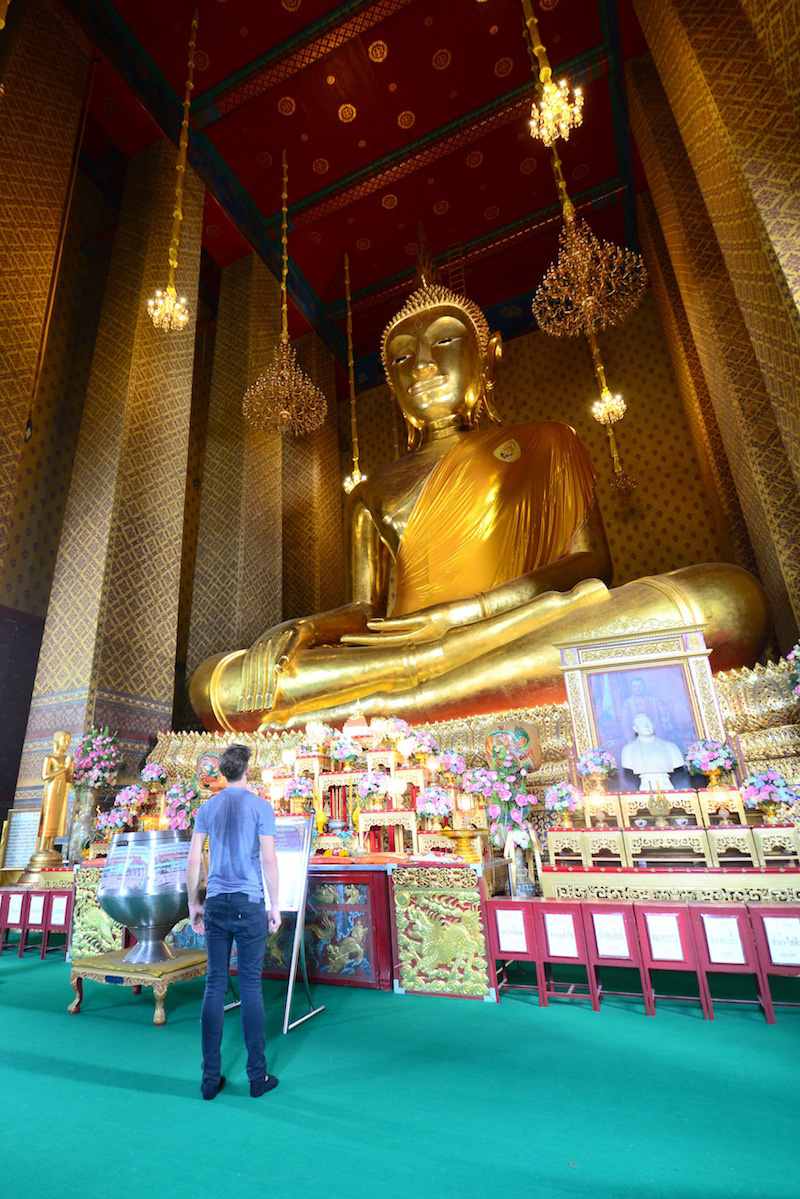
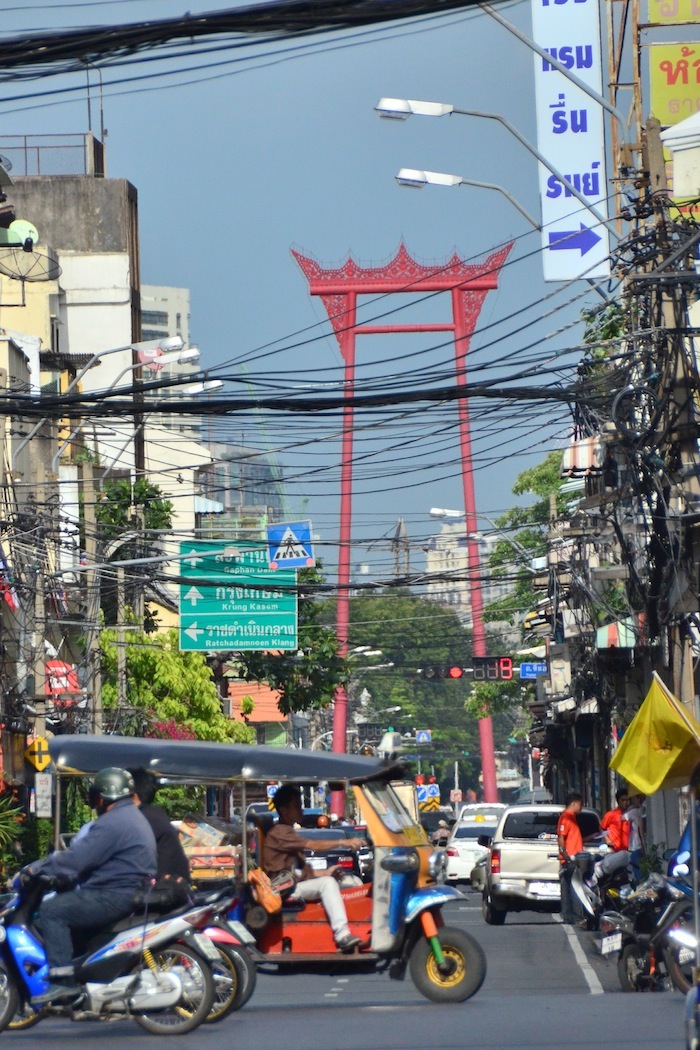
Here – and specifically at Wat Arun, or “Temple of the Dawn” – is where the sun sets on your first day in Bangkok, quite literally. Make sure to scale one of Wat Arun’s massive (but steep!) stupas, not only to marvel at the detail of its architecture, but for a view of both ancient and modern Bangkok (which you’ll explore tomorrow). As the colors in the sky change, you’ll also be able to see ancient Bangkok’s most famous landmark, the Grand Palace, which in my opinion is better enjoyed from afar. Take the Chao Phraya Express boat back to Saphan Taksin and connect to the SkyTrain or, if you’re feeling hungry, continue walking northward through Thonburi (or even hire a taxi/tuk-tuk) to the riverfront Supatra River House.
Day Two: Meet Modern Bangkok
Nowhere is the size and scale of modern Bangkok more evident than Lumphini Park (BTS Sala Daeng/MRT Silom), a massive green space whose contrast with the sprawling skyline behind it dwarfs just about every other city on the planet. Lumphini Park, as I detail in the Bangkok guide I wrote for CreateTrips, is not only a great place for spotting the monitor lizards native to Bangkok, but is also a great place to relax before exploring hectic modern Bangkok.
It’s also a great place to orient yourself, being that Lumphini Park is sandwiched between modern Bangkok’s four main areas: Silom, Sukhumvit, Sathorn and Siam, the former two being entertainment districts that don’t really come alive until light, the third an exciting (if, for tourists, superfluous) business district and the latter home to major Bangkok shopping establishments, from commercial malls like Siam Paragon and CentralWorld (BTS Siam), to fake shoppers’ paradise MBK Center at BTS National Stadium. Speaking of shopping, if you happen to be in Bangkok on the weekend, take the BTS SkyTrain to its northern terminus at Mo Chit to explore Chatuchak Weekend Market, the largest weekend market in the world.
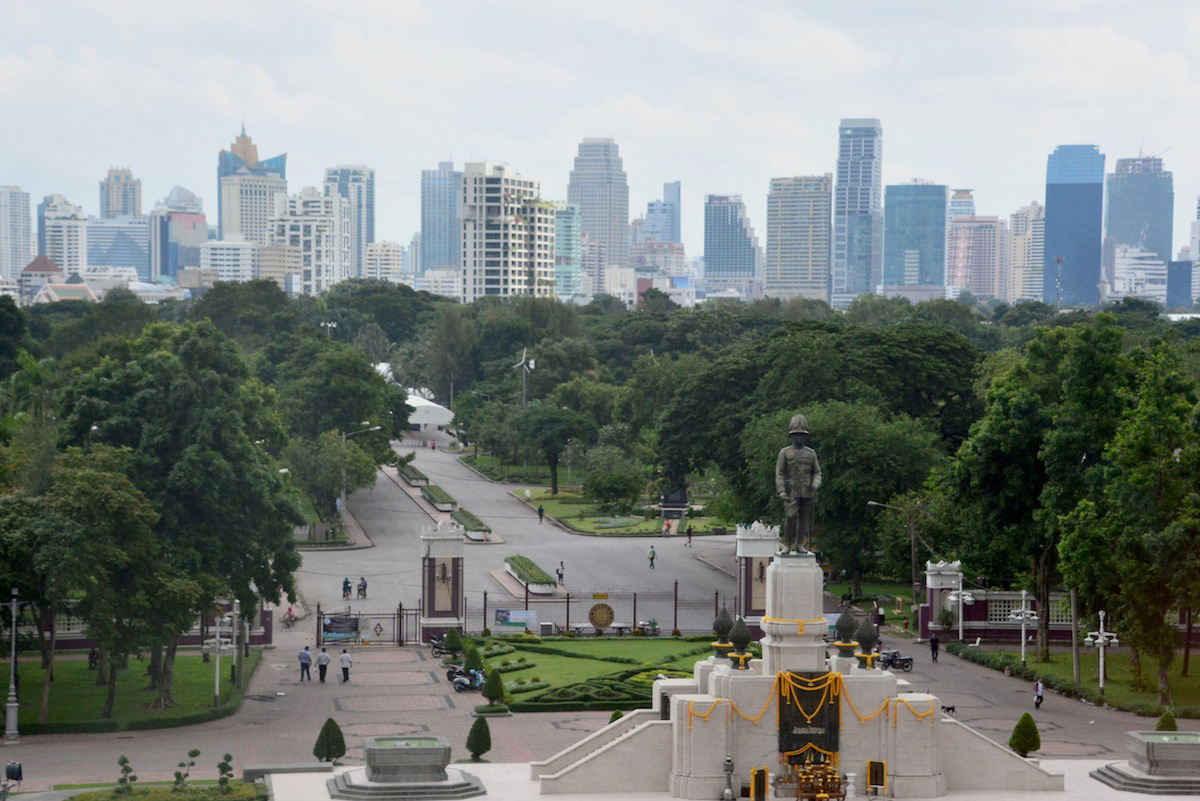
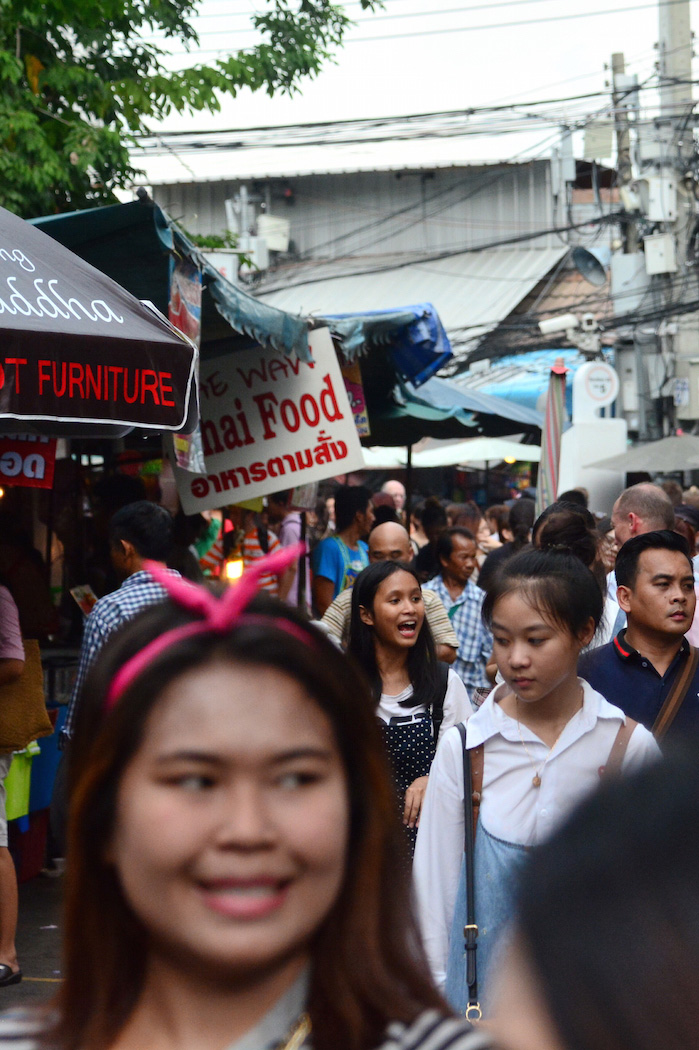
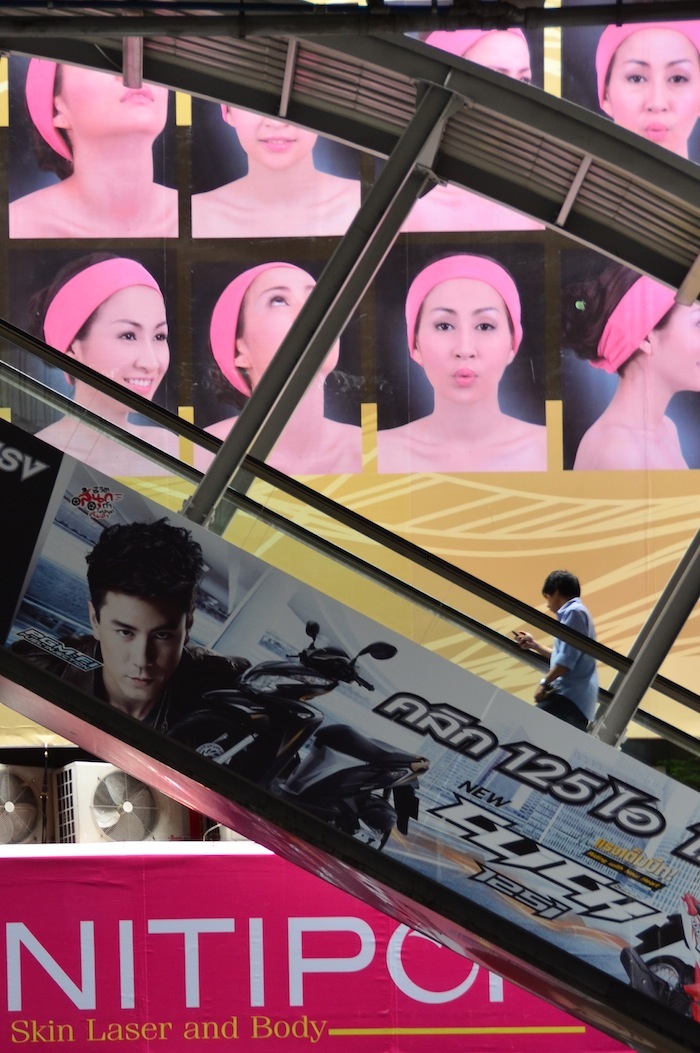


This is not to say there aren’t relics of old Bangkok in its modern center. The Jim Thompson House, for example, is a traditional Thai home that pays homage to the American man who revitalized the Thai silk industry, and is located just steps from MBK Center. Likewise, the Ratchaprasong Intersection is located at the corner of busy Ratchadamri and Rama I roads (BTS Chit Lom), but is home to a Hindu shrine, among other spiritual relics. Naturally, many temples and other spiritual sites can be found amid the skyscrapers of Bangkok’s futuristic city center.
Speaking of skyscrapers, rooftop bars such as Zoom (on top of Anantara Sathorn Hotel, BTS Chong Nonsi) and Red Sky Lounge (on top of CentralWorld, BTS Chit Lom) allow you to enjoy snacks and cocktails while looking out onto the incredible Bangkok skyline. Or, if you’re craving nighttime delights closer to ground level, you could head to Patpong Night Market along Silom Road, Soi Cowboy along Sukhumvit Road (BTS Asok) or the aforementioned Khao San Road backpackers district. For gay nightlife, head to Silom Soi 4, with “soi” being a word for a small street in Thai. Alternatively, head to BTS Saphan Taksin and instead of boarding a Chao Phraya Express boat, take the one marked “Asiatique” to head to Bangkok’s waterfront entertainment complex of the same name.
Day Three: Get Out of Town
For your third day in Bangkok, I recommend getting out of Bangkok. If it’s temples and cultures you’re craving, head north of Bangkok to Ayutthaya, which was the capital of Thailand prior to the establishment of Bangkok. Once you get there (the easiest way to do this is via train from Hualamphong Railway Station, MRT: Hualamphong), you will need to hire a taxi or tuk-tuk driver for a day to explore the ruins – they’re just too large to see on foot.
Alternatively, head back to BTS Saphan Taksin and board the Chao Phraya Express boat to Thonburi Railway Station, which will take you west to Kanchanaburi, a rural province home to the historical Bridge Over the River Kwai, a massive hilltop Buddha known as Wat Tham Sua and one of Thailand’s controversial Tiger Temples.
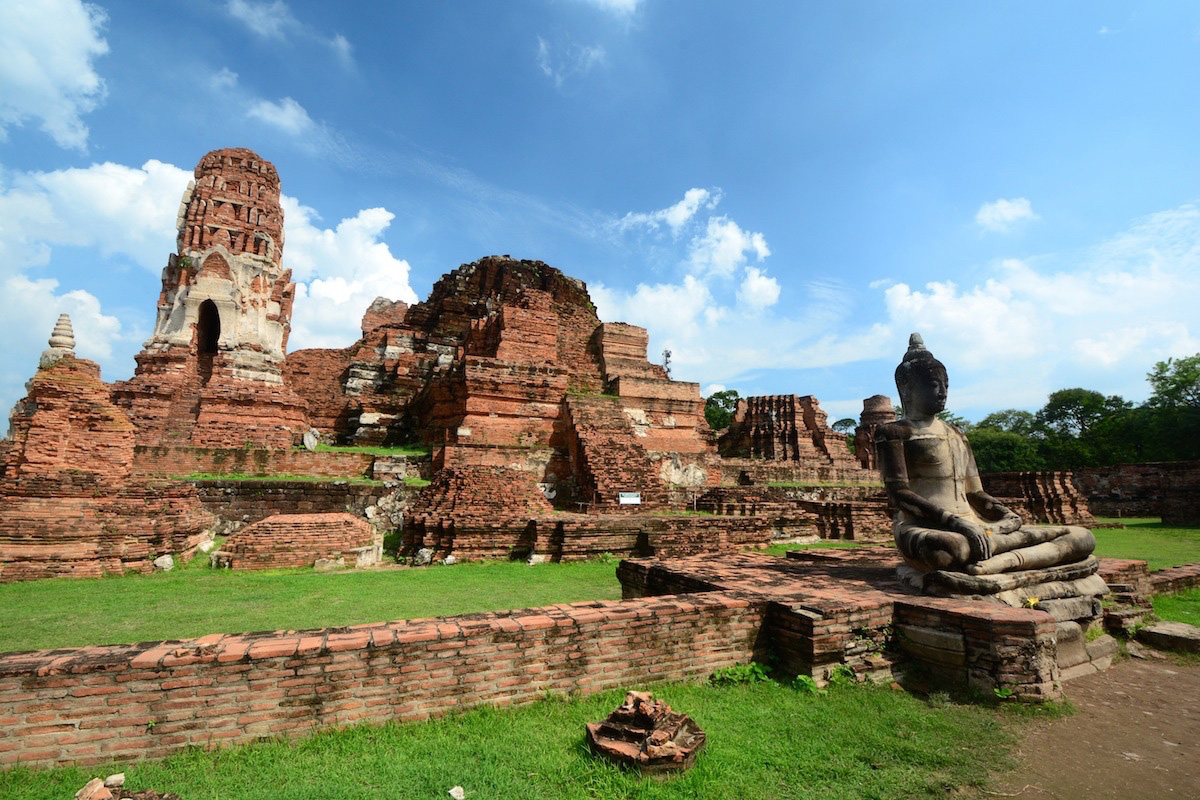


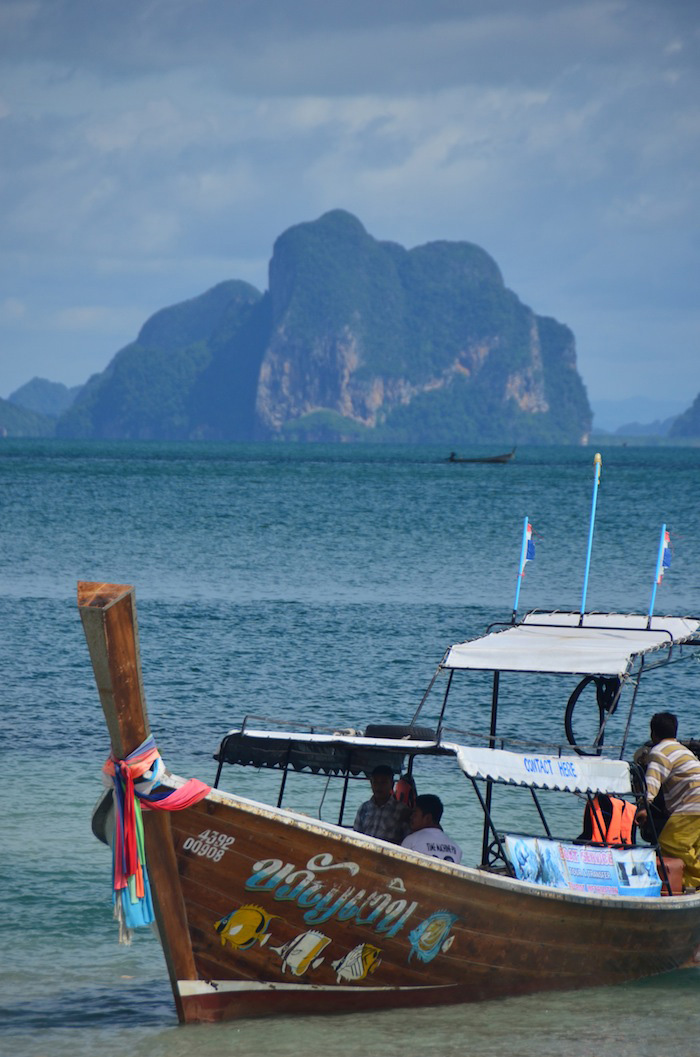
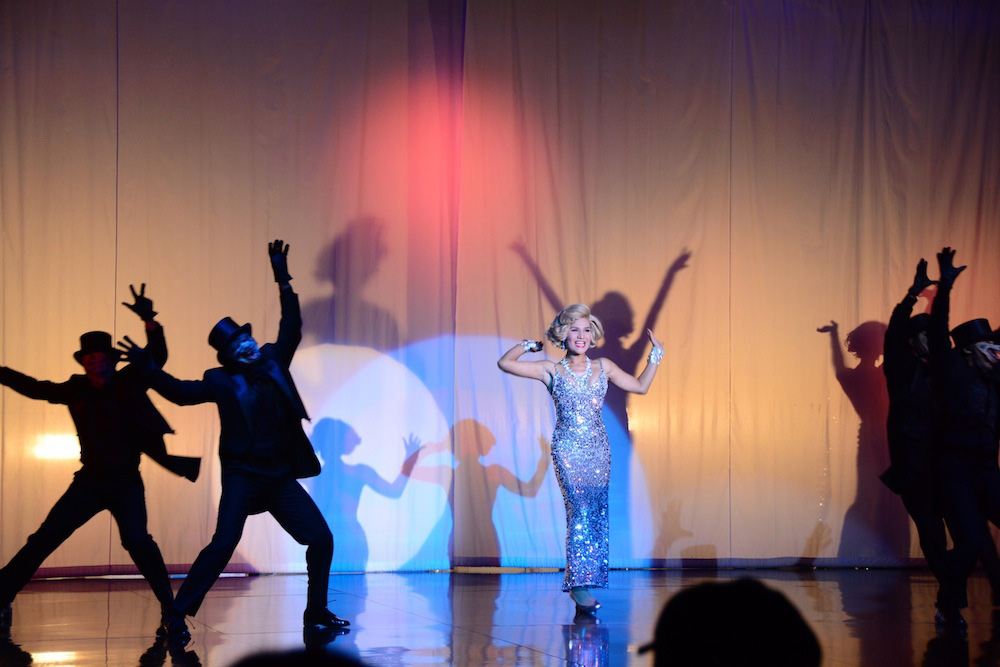
For a day at the beach, head to Ekkamai Bus Station (BTS: Ekkamai) and board one of the frequent departures to Pattaya, a beach resort that’s equal parts seedy (it’s Thailand’s capital both for prostitution and gender reassignment surgery) and beautiful, at least if you take a boat to nearby islands such as Koh Larn, or “Coral Island.” If you stay in the city, I highly recommend you check out the entertainment shemale revue show at Tiffany’s Show.

Robert Schrader is a travel writer and photographer who’s been roaming the world independently since 2005, writing for publications such as “CNNGo” and “Shanghaiist” along the way. His blog, Leave Your Daily Hell, provides a mix of travel advice, destination guides and personal essays covering the more esoteric aspects of life as a traveler.








